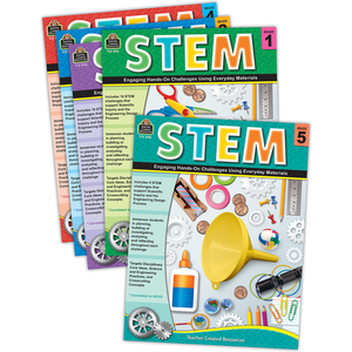 My new elementary STEM series from Teacher Created Resources arrives in March! I designed these hands-on challenges to get kids thinking, doing, and having fun while experiencing phenomena, discovering new concepts, and designing solutions to compelling problems. Each challenge is designed for students to experience either the engineering design process or scientific inquiry. • In the engineering challenges, students create a solution to a problem and evaluate the effectiveness of their solutions. They use the engineering design process—ask, imagine, plan, build, test, improve—to arrive at the best solution they can under the constraints of the challenge. In these challenges, students must think creatively, meaning the final solutions will (and should) vary widely; there are no “right” answers. Solutions are evaluated by the class based on how well they solve the given problem. • For scientific inquiry challenges, scaffolding is provided to give students experience in exploring questions, testing hypotheses, recording data, and evaluating evidence. Although not as student-driven or open-ended as the engineering challenges, in most of these challenges the questions and hypotheses are created by students (within the parameters of the challenge), so they are deciding what to test and how to test it. They set up and carry out their planned tests, record and analyze data, and come to their own conclusions, which are then evaluated by the class. As Adam Savage of the Mythbusters says: “The only difference between (messing) around and science is writing it down.” Throughout the challenges, students record their thoughts, ideas, procedures, data, and more on paper. In some cases they answer questions that help lead them through an investigation or set them up for success in a challenge. At other times they record data as they collect it, and then analyze to come to a conclusion or result. And in engineering challenges they do their planning and evaluating on paper. At the end of each challenge, students write about their experience by answering reflection questions to pull everything together. Because I always write with teachers in mind, the challenges call for classroom supplies you probably already have, recycled materials (think paper towel tubes and scratch paper), and sometimes a few items from the dollar store. For many of the challenges the material choices are quite flexible, making it easy to use materials you already have. 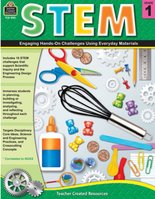 First graders engineer bubble wands, marble obstacle courses, and bridges to help the chicken cross the road! 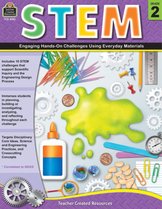 Second graders test invisible inks, paper helicopters, and every kid’s favorite...SLIME!  Third graders crash test toy cars, flip bottles, and engineer cup towers. 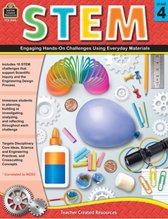 Fourth graders engineer solar heaters to make s’mores, create games using the five main human senses, and (my favorite) engineer giant bird beaks to eat giant food! 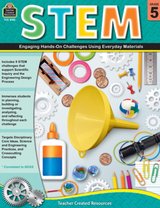 Fifth graders crate games using Bernoulli’s principle, and engineer green roof models, water filters, and marble rollercoasters. Bonus: I just finished the Kindergarten book, which will be out late next year!
0 Comments
|
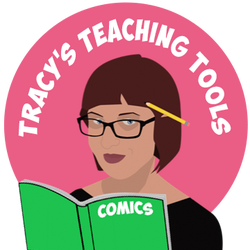
Visit my Teachers Pay Teachers store for more graphic novel classroom resources!
About Tracy
Tracy Edmunds is a teacher and educational consultant specializing in curriculum development, editing, and writing, focusing on the areas of comics and science. Archives
July 2023
Categories |
 RSS Feed
RSS Feed